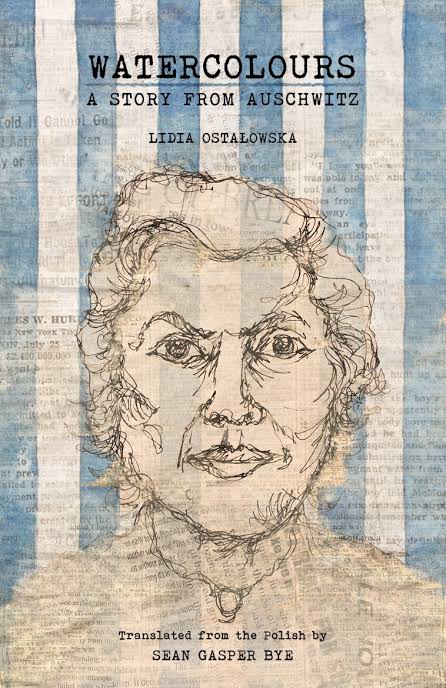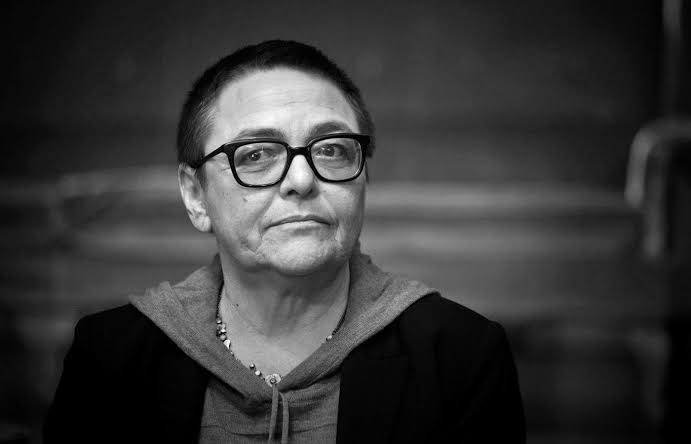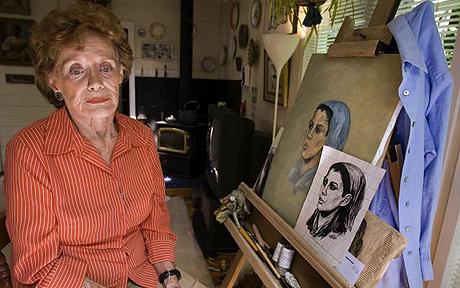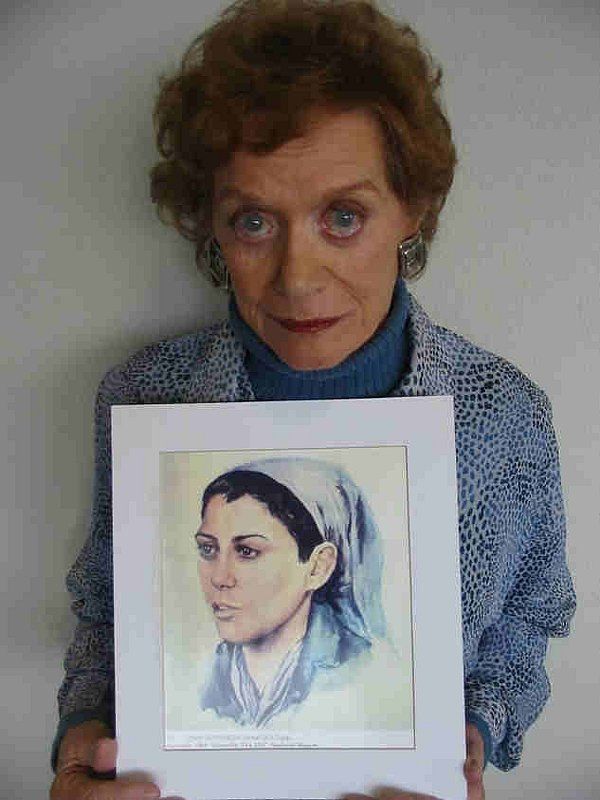Watercolours: A Story From Auschwitz by Lidia Ostalowska is a mosaic of history and ‘her’story. The ‘her’ here being Dina Gottliebova-Babbitt (1923-2009), a Czech-American artist of Jewish ancestry, who was a prisoner at Auschwitz, relates how she survived the camp and how she is still being latched to the parts she wanted to grow from.

Watercolours: A Story From Auschwitz By Lidia Ostalowska
Author: Lidia Ostalowska
Publisher: Zubaan Books
Genre: Non-Fiction Biography
The writer/journalist Lidia Ostalowska presents real accounts from Auschwitz and Birkenau camps—the trauma and breakdowns, the hopelessness and recurrent dreams of hope—which the prisoners of these camps suffered, among whom were Romanis (about whom much is never discussed) or Gypsies, who were the prime test experiments for SS Dr. Josef Mengele to determine/prove their racial inferiority. The main focus of the novel is Dina and her fight against the Auschwitz-Birkenau State Museum to claim 7 paintings she worked on for Dr. Mengele, after having decorated the children’s barracks at Auschwitz with the Disney film, Snow White and the Seven Dwarves.

Dina, with her mother, like thousands of Jews and Gypsies was detained, incarcerated and had either no clue of her future or was dubious about her survival. Dina’s artistic skills were discovered by Mengele who later appointed her to paint portraits of Gypsies and Twins for him to be able to study them and keep them as souvenirs of his experiments. Gradually, it becomes evident that his treatment of the patients was as if they were lifeless and had no back story to their eyes.
Dina on the other hand, while painting, felt that, “…the blank page was liberating, it provided a feeling of infinite freedom and put them back in control of their lives.”
The novel breakdowns instances from the historical trauma that were concentration camps, from inhuman treatments by SS officers to a constant fear of living through the camp and never figuratively escape it.
The novel breakdowns instances from the historical trauma that were concentration camps, from inhuman treatments by SS officers to a constant fear of living through the camp and never figuratively escape it. Even though the novel covers and documents Dina’s world through her eyes, we as readers realise that although several accounts are taken, the impact of the horrific Birkenau and racism between lines, is dominant whether it’s one or a thousand and one.
We also get to acknowledge the ‘strange’ lifestyle of the Gypsies who have been blatantly removed from history and were never justified for the torture, racism and exclusion from civilisation they received almost everywhere. The author very sharply keeps referencing the customs and norms of Gypsies to offer a background to those who might be facing racism for it. Watercolours: A Story From Auschwitz, not only offers dates and facts and real life accounts but captures what mere court trials, investigations and even installations and artifacts couldn’t describe: the trauma and its notorious behaviour of never letting its host rest at peace.
Also read: Book Review: Woman At Point Zero By Nawal El Saadawi
Apart from the fact that we get to indulge at the 10% of what actually happened at those camps, one that came as an emotional shocker was the after effect for those who managed to escape it. The ‘collaborators’, ‘scum’ and ‘Nazi helpers’ were questioned the veracity of their history, the truth to their trauma and were left reviving and reliving the horrors to prove how much sympathy and humanity they deserve. Numerous SS doctors/physicians were spared with their lives with either only 10 or 12 year sentences, justifying their extensive education and the suffix ‘Doctor’ before their criminal intentions that in a capitalist world is valued more than basic human empathy.

Image Source: Telegraph
In Dina’s case, she started working as an animator for Warner Brothers and married Walt Disney animator Art Babbitt, the man behind many of the world’s best-known cartoon characters including Goofy and Dumbo. Her turmoil takes turn for the worst when the Auschwitz-Birkenau State Museum rejects her appeal to retrieve her paintings; her property. The museum tries to justify its end by claiming the paintings as a part of the camp history and ignores Dina’s obvious emotions attached to her work that helped her and her mother survive.
WATERCOLOURS: A STORY FROM AUSCHWITZ, NOT ONLY OFFERS DATES AND FACTS AND REAL LIFE ACCOUNTS BUT CAPTURES WHAT MERE COURT TRIALS, INVESTIGATIONS AND EVEN INSTALLATIONS AND ARTIFACTS COULDN’T DESCRIBE: THE TRAUMA AND ITS NOTORIOUS BEHAVIOUR OF NEVER LETTING ITS HOST REST AT PEACE.
“I’m at a total loss. I feel just as helpless as I did when I was in the camp”.
After numerous attempts, legal proceedings and a heart attack that cost Dina a lot, few famous artists collaborated to create a graphic novel that journeyed through Mrs. Babbitt’s life calling surprisingly a lot of reaction from its readers towards the authorities of the museum. When as a reader, one concludes the novel, the one feeling that stays is the essence of the taste of the soup that Dina once had while she was being held captive. ‘To this day I’ve tried my hardest to cook soup like that, but I’ve never managed to”.

The soup tasted like heaven when nothing was the option—abundancy creates indifference to the senses, when parched even soiled water tastes like wine.The roles of the torturer and the victim, has been the same, always. And the book provides a proof of that.
Also read: Book Review: Love, Loss, And Longing In Kashmir By Sahba Husain
Gottlibova (under the name Dina Babbitt) lived in the California until her death in 2009 at the age of 86.
Shailja Gusain is an aspiring writer/translator based in Delhi. She reads to be more empathetic to her counterparts no matter what country, age or identity. You can find her on Instagram and Facebook.
About the author(s)
Shailja Gusain is an aspiring writer/translator based in Delhi. She reads to be more empathetic to her counterparts no matter what country, age or identity.




